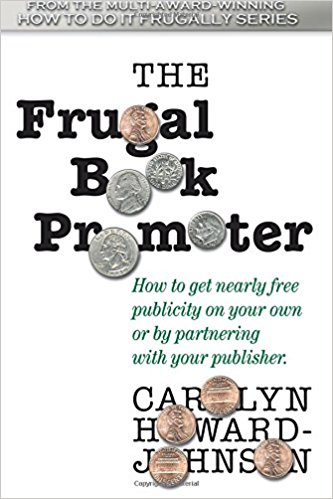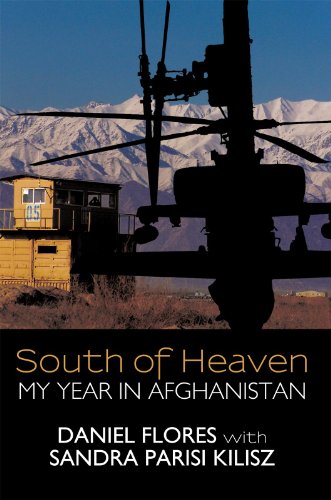MWSA Review
“How to get nearly free publicity on your own or by partnering with your publisher” exactly describes what this book is about. The cost may be either in dollars or in time, but the reader knows by the end of this book that promotion is now an essential part of the writer’s life, that it is possible to accomplish, and that it can even be fun!
The “Frugal Book Promoter” is realistic, and the suggestions are do-able; it starts by defining terms so we all literally start on the same page, spelling out what to do. Then it guides us through the cost of entering high-profile events, and the hidden costs of “free events.” Thorough, comprehensive lists of strategies are given to reach any targeted audience, starting with the promotional materials needed. Just what does one have to write about one’s completed masterpiece? No problem, an invaluable step by step guide to writing a complete media kit is supplied.
Getting discouraged promoting on your own? Carolyn is your anecdote; she gives lists and lists of what to do- to get unstuck, or what to do when first steps have failed and produced little effect. Sometimes the author is like a chatty friend, repeating ideas until they are drummed into your head. I liked this because new ways of thinking did stick in my brain.
This book was like having a personal coach. And as with any decision-making process involving choices, you end up knowing a little bit more about yourself. Ms. Howard-Johnson explains her own version of a “world wide web”; i.e, a positive view of the world helping those who help oneself, and others. With a fresh breath of advice, the reader is encoraged to assess their own individual definition of success, which hopefully includes ethical decision-making, cooperation and contributions to a larger community.
This 400+ pg book is easy to use: subjects are divided into sections, then chaptors. There is an Appendix where visuals give examples of complete media kits, advertising, and a few simple displays. Most impressive is the 14 page index! You will not need another book in this genre. Buy a paper copy, go grab your highlighter, and start reading!
Reviewed by: Nancy E. Rial (2012)
Author's Synopsis
The second edition of The Frugal Book Promoter is an updated version of the multi award-winning first edition. It has been expanded to include simple ways to promote books using newer technology, always considering promotion and marketing techniques that are easy on the pocketbook and frugal of time. It also includes a multitude of ways for authors and publishers to promote the so-called hard-to-promote genres.
The award-winning author of poetry and fiction draws on a lifetime of experience in journalism, public relations, retailing, marketing, and the marketing of her own books to give authors the basics they need for do-it-yourself promotion and fun, effective approaches that haven't been stirred and warmed over, techniques that will rocket their books to bestselling lists.
You'll also learn to write media releases, query letters and a knock 'em dead media kit--all tools that help an author find a publisher and sell their book once it's in print.
We all know that book promotion (and life!) has changed since The Frugal Book Promoter was first published in 2004--particularly in ways that have to do with the Web, but in other ways, too. As an example, the publishing world in general is more open to indie publishing now than it was then. So, this update but includes lots of information on ways to promote that were not around or were in their infancy a few short years ago. So here is what is new:
There is new information in this expanded and updated edition that answers questions like these:
·What is Carolyn's simplified method for making social networks actually work--without spending too much time away from my writing?
·How can I avoid falling into some of the scam-traps for authors?
·How can I get into one of those big tradeshows like BEA?
·What are the best "old-fashioned" ways to promote--the ones I shouldn't give up on entirely?
·There is even an updated section on how you go about writing (and publishing) an award-worthy book. And, of course, you'll find it loaded with resources you can use--but they're all updated.
·How can I use the new QR codes to promote my book to mobile users? And to others?
·What are the pitfalls of using the Web and how can I avoid them?
·What are the backdoor methods of getting reviews--even long after my book has been published?
Howard-Johnson, Carolyn




















